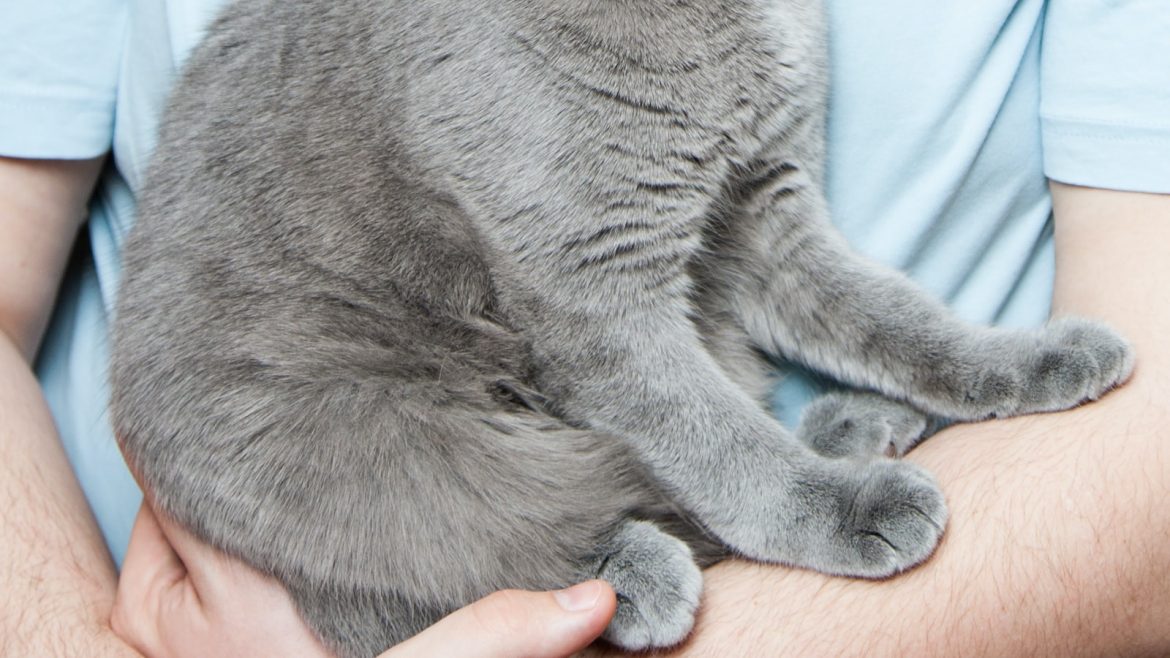Our furry friends are more than just pets, they are family. As pet owners, we want nothing but the best for them. However, sometimes our pets can’t communicate when they are feeling unwell. It’s up to us to keep a watchful eye and be able to recognize the paw-sitive indicators of common pet ailments. By being proactive and knowing what to look for, we can ensure our pets receive the care they need and deserve. In this article, we’ll explore some of the most common pet ailments and how to spot them early on. So, grab a treat and let’s get started!
1. “Fur Real: Identifying Signs of Common Pet Health Issues”
Pets are an essential part of our lives, and their health is crucial to their well-being. As pet owners, it is our responsibility to identify the signs of common health issues that our furry friends may face. Here are some common pet health issues and their signs that you should be aware of:
- Obesity: Obesity is a common health issue in pets, and it can lead to several other health problems. Signs of obesity in pets include excessive weight gain, difficulty in breathing, and lethargy. To prevent obesity, ensure that your pet gets enough exercise and a balanced diet.
- Dental problems: Dental problems are common in pets, and they can cause severe pain and discomfort. Signs of dental problems in pets include bad breath, swollen gums, and difficulty in eating. Regular dental check-ups and cleaning can help prevent dental problems in pets.
- Fleas and ticks: Fleas and ticks are common parasites that can cause severe health problems in pets. Signs of flea and tick infestation in pets include excessive scratching, hair loss, and skin irritation. Regular grooming and the use of flea and tick preventatives can help prevent infestation.
It is essential to keep a close eye on your pet’s health and behavior to identify any signs of health issues early on. Regular visits to the vet can also help prevent and treat common health issues in pets. Remember, a healthy pet is a happy pet!
2. “Paw-sitive Indicators: How to Recognize and Address Your Pet’s Ailments”
Pets are an integral part of our lives, and it is our responsibility to ensure their well-being. However, recognizing and addressing their ailments can be challenging, especially when they cannot communicate their discomfort. Here are some paw-sitive indicators that can help you identify your pet’s health issues:
- Changes in appetite: A sudden loss or increase in appetite can indicate various health issues, including dental problems, gastrointestinal issues, or even cancer.
- Changes in behavior: If your pet is suddenly lethargic, anxious, or aggressive, it could be a sign of pain or discomfort.
- Changes in mobility: Difficulty in walking, jumping, or climbing stairs can indicate joint problems, arthritis, or other mobility issues.
If you notice any of these indicators, it is essential to take your pet to the veterinarian immediately. Early diagnosis and treatment can prevent the ailment from worsening and improve your pet’s quality of life. Additionally, regular check-ups and preventive care can help identify potential health issues before they become severe.
In conclusion, recognizing and addressing your pet’s ailments is crucial for their health and happiness. By paying attention to their behavior, appetite, and mobility, you can identify potential health issues and seek timely veterinary care. Remember, your pet’s well-being is in your hands, and with proper care, they can live a long and healthy life.
3. “From Whiskers to Tail: Understanding Your Pet’s Health through Physical Cues
Pets can’t communicate with us in the same way humans can, but they do give us physical cues that can help us understand their health. Here are some things to look out for:
- Coat condition: A shiny, smooth coat is a sign of good health, while a dull, matted coat can indicate an underlying health issue.
- Weight: Keeping track of your pet’s weight can help you spot changes that may indicate a health problem. A sudden weight loss or gain can be a sign of an underlying issue.
- Behavior: Changes in your pet’s behavior can also be a sign of a health problem. If your normally active pet becomes lethargic or your normally friendly pet becomes aggressive, it’s worth investigating further.
It’s important to note that these physical cues are just one piece of the puzzle when it comes to understanding your pet’s health. Regular check-ups with a veterinarian are essential to catch any underlying health issues early on. By paying attention to your pet’s physical cues and working with your veterinarian, you can help ensure your pet stays healthy and happy for years to come. In conclusion, being a responsible pet owner means keeping a watchful eye on your furry friend’s health. By knowing the common symptoms of pet ailments, you can take the necessary steps to ensure your pet’s well-being. Remember, prevention is always better than cure. Regular check-ups with your veterinarian, a balanced diet, and plenty of exercise can go a long way in keeping your pet healthy and happy. So, keep those tails wagging and those purrs coming by staying on top of your pet’s health.

